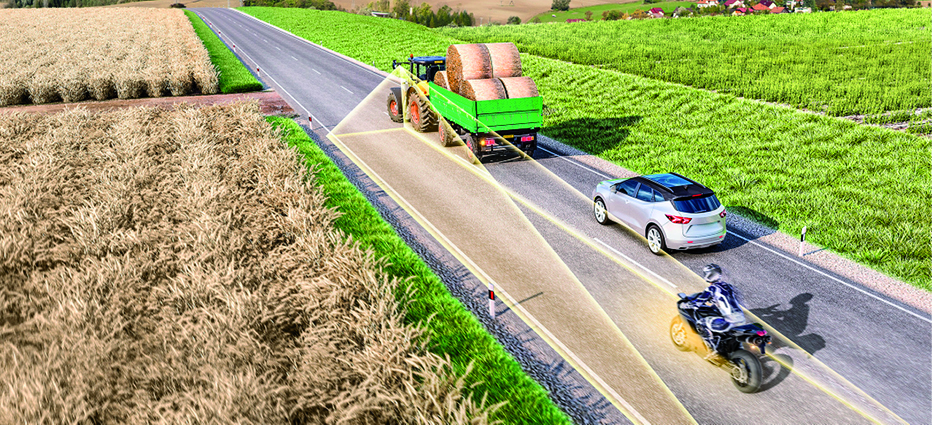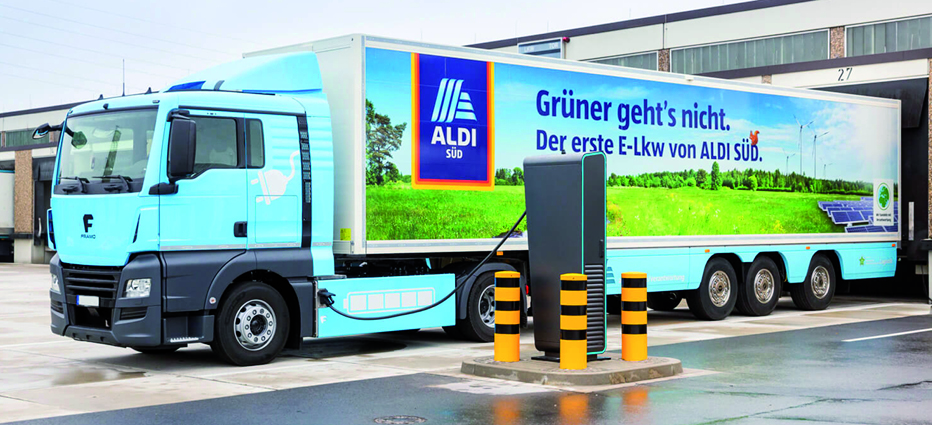
Continental is to present its newly developed assistance systems for agricultural machinery. The technology company sees environment detection as a decisive topic for the automated future of agriculture. “We use our in-depth know-how in passenger cars and trucks as the technological springboard for making agriculture fit for the future. As part of our Off-Highway initiative, we’ve gone into the agribusiness application field holistically – and we have adapted, further developed and rethought solutions,” says Gilles Mabire, Head of the Commercial Vehicles & Aftermarket Business Unit, where Continental bundles electronic and digital products for commercial vehicles and mobile machines. “We are on a direct path towards autonomous agricultural machinery and we’re using the knowledge we gain to enable our customers to benefit from our research today. The left-turn assist is a very good example of this.”
Focus on human safety
According to the statistics portal statista, there were 55 fatalities in accidents involving agricultural tractors in 2018, and the official road traffic accident statistics of the German Statistical Office tell us that 57% of road deaths in 2018 were caused by accidents on country roads. Industry experts believe that the left-hand turn of agricultural machinery vehicles on public roads is particularly risky. After all, around a third of these vehicles’ operating time is spent on these roads – although they were not designed for this purpose, since they often have different dimensions than other road users in terms of length, height and width. Agricultural machines also have wide blind spots and fewer light sources on the vehicle, so their signals are often difficult to see. Other road users must also adapt to their low speeds.
Left-turn assist warns drivers in the event of an emergency

Continental is meeting this challenge with its new left-turn assist: The system warns the agricultural machine’s driver of obstacles on the left side of the vehicle by means of an acoustic or optical signal. The system can detect approaching vehicles at a distance of up to 250 meters. This is made possible by radar technology. The system is based on 77 gigahertz technology, which captures the vehicle environment in a significantly higher resolution than before. “Earlier technologies used mirrors and cameras. The radar technology is new to the market for this application and it offers many advantages,” says Ulrich Roskoni, Head of Technical Product Design for Special Vehicles in the Continental Independent Aftermarket Business Segment. “Radar sensors enable precise distance control; the sensor can ‘look’ back and determine the speed of the oncoming vehicles and the distance between them and the agricultural machine.” More advantages: Radar sensors are independent of weather and lighting conditions, the Continental system is easy to install, and it does not overload the driver with information. “The driver doesn’t need a monitor; he’s only warned in an emergency. This is in line with our Continental philosophy for the human-machine interface, which is to always give the driver only the information he really needs,” emphasizes Roskoni.
To develop the left-turn assist, Continental is working together with a major original equipment manufacturer for agricultural machinery. Technologically, the company is relying on proven devices: in this case, it is the right-turn assist for trucks, which will be mandatory for all new EU vehicle types from 2022. “There is currently no product on the market that can compare with the left-turn assist. In addition to the rear and side mirrors used previously, the current products are usually based on camera technology. These systems are limited to certain distances and are not able to warn the driver on their own, so radar is a more appropriate technology in this case. However, camera technology also has its strengths and we’re working to merge radar and camera technologies, which would give us even better information,” says Roskoni.
This benefits the driver, who cannot have his eyes everywhere and whose field of vision is restricted by the dimensions of his vehicle. In the long term, the camera, radar and lidar sensor types will detect the environment together – completely and redundantly. The information obtained in this way serves as the basis for autonomous machine decisions.